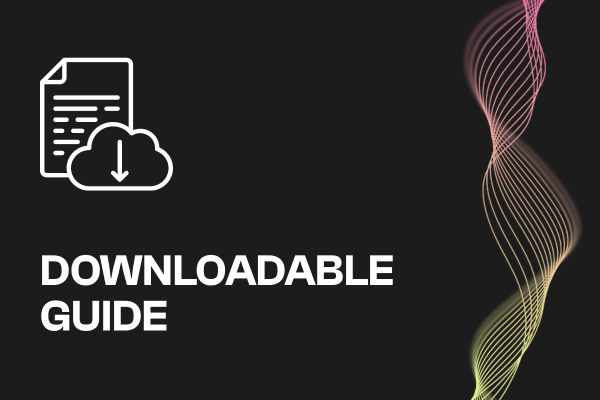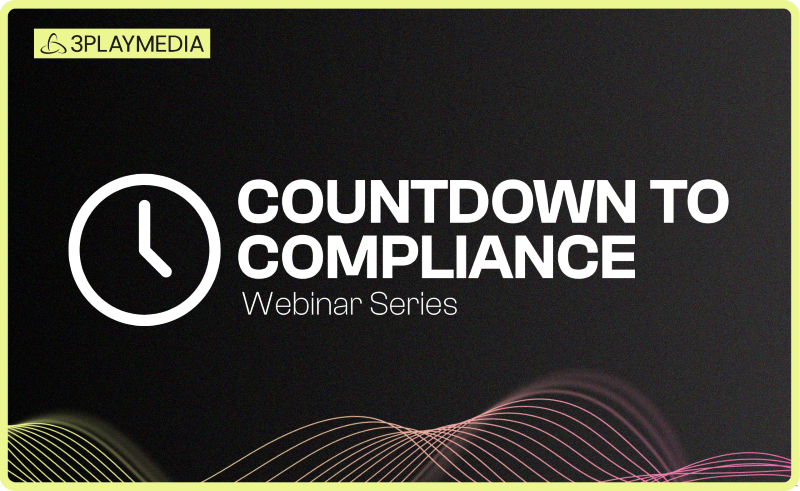- Legislation & Compliance
2023 Digital Accessibility Legal Update with Lainey Feingold – Part Two
This event occurred on December 7, 2023 • Virtual • Free
Watch the recording:
Session Information
Lainey Feingold presents the annual digital accessibility legal update over two sessions. Learning Objectives for both sessions:
- Current legal requirements impacting digital accessibility across the globe and resources for keeping up
- Updates on major digital access court cases, pending laws, and regulations, government actions, and settlements in the United States over the past twelve months.
- Best practices to stay ahead of the digital accessibility legal curve and for talking about the law
- Ethics in the digital accessibility legal space (centering disabled people and avoiding fear, quick fixes, and shortcuts).
Part Two Overview:
The digital accessibility legal space is not just about the United States. Treaties, laws, and policy across the globe increasingly recognize that digital accessibility is a human right of disabled people. No matter where you are or where you do business, understanding law and policy, both in the United States and around the world, can help advance accessibility initiatives. And can help you stay ahead of the law.
Part Two of the 2023 Digital Accessibility Legal Update offers a snapshot of global law and policy and will offer strategies for staying ahead of the legal curve wherever you are. Lainey also shares ideas from her 25+ years in the digital accessibility legal space about how to talk about the law in a way that supports accessibility without fear (hint: you don’t have to be a shark!)
Correction Notice:
There was an error during the presentation in which the The European Accessibility Act (EAA) law is said to come into effect in June 2028. This was an error. The law will go into effect in all EU member states on June 28, 2025. We apologize for any confusion this may have caused.
Download the session resources
Share this page
Related Resources
-
 Read more: ADA Title II Compliance Checklist
Read more: ADA Title II Compliance Checklist- Whitepaper
ADA Title II Compliance Checklist
-
 Read more: Event Planning Workbook
Read more: Event Planning Workbook- Whitepaper
Event Planning Workbook
-
 Read more: European Accessibility Act (EAA) Checklist
Read more: European Accessibility Act (EAA) Checklist- Whitepaper
European Accessibility Act (EAA) Checklist


